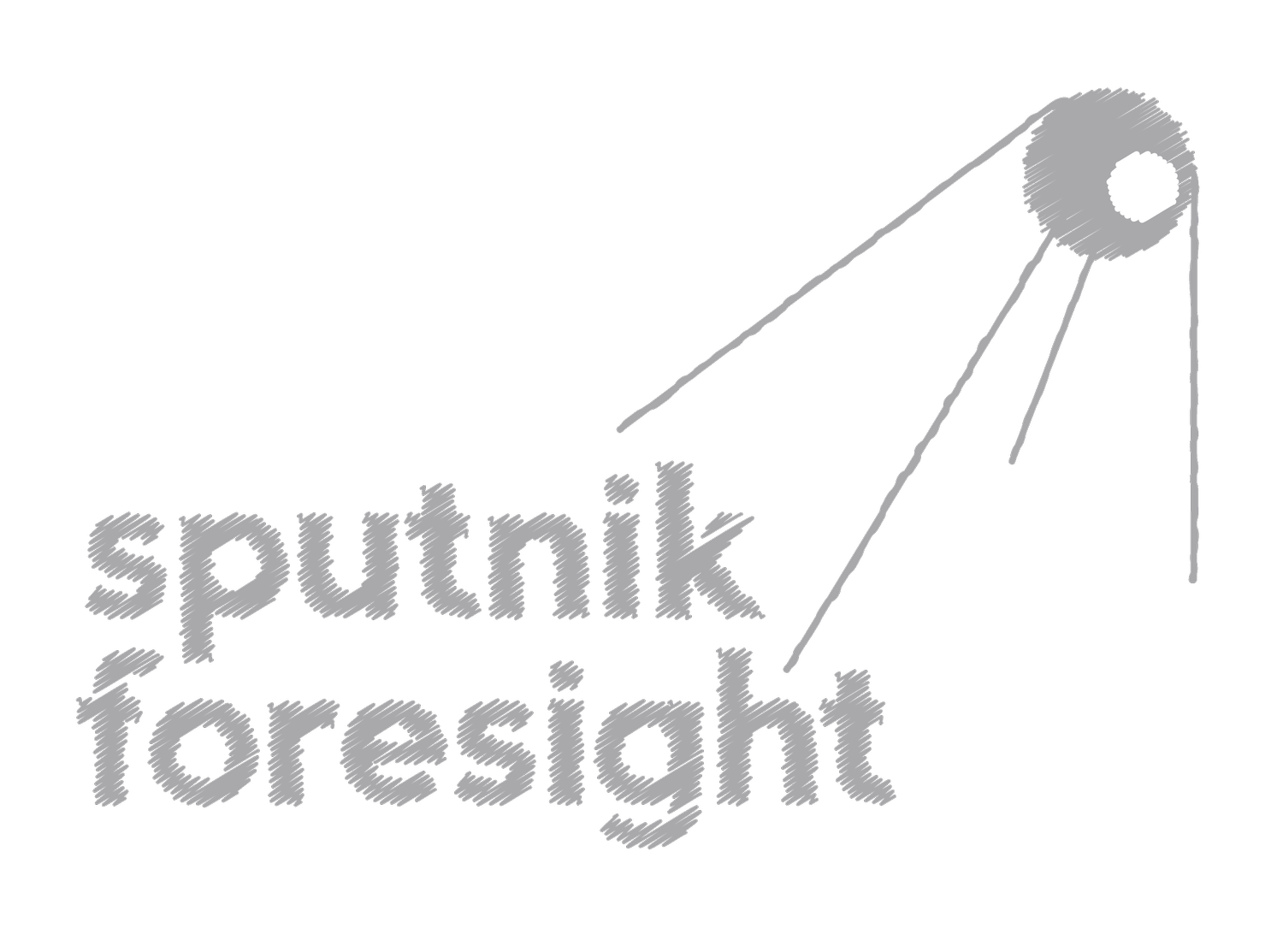WHY CULTURE EATS CONSUMER INSIGHT FOR BREAKFAST (PART 3)
It’s culture, stupid
When Neo popped the red pill the world as he knew it got a reality check. A hidden truth had revealed itself. This is the central premise of the The Matrix.
The Matrix isn’t just a cool sci-fi flick - it’s a metaphor for the hidden forces shaping our beliefs about what's hot and what's not. We can’t see it, but it’s very real. Culture is the Matrix rebooted in real life - ever-present, subtly dictating our every like and dislike. Once we think we’ve escaped its grasp, we’re merely stepping into another cultural frame.
Imagine culture as a kind of societal operating system. It's where we craft, negotiate and pass on ‘meaning’. It also dictates how we react to brands and advertising. You need the cultural specs to get the full picture, that’s why slicing through ads with neuro gadgets won’t cut it.
Cultural insight requires a knack for Systems Thinking. It’s the art of seeing how individuals spin within a web of societal norms and taboos that shape our thoughts and actions. Psychological factors, like hopes, fears and motivations, are the apps we use to navigate through this system and to make sense of what it throws at us. By and large, the system determines the rules of the game.
Take my vitamin saga. Why did vitamin supplements vanish for two decades, only to make a grand re-entrance in recent years? Back in the day, in our quest for all things natural, wholesome, homecooked food became the name of the game, whereas vitamins were branded as synthetic intruders. Now they’re back with a vengeance. I might claim it’s because I felt a bit sluggish, and someone I know said vitamins could help. Thing is, I’d have said the same when vitamins were persona non-grata in our kitchen.
What’s really going on? The all-natural meta frame has lost its steam, making room for fortified foods to stage a comeback. My beliefs have changed because the cultural winds have shifted.
But now, culture is seizing the spotlight because the times they are a-changin’. We’re riding the rollercoaster of polarisation, fake news, social upheaval, and a pandemic to boot. Brands that manage to play these cultural undercurrents gain a competitive edge. Those that miss the mark find their marketing dollars sweating overtime. Culturally aligned brands sail smoother because they resonate more naturally with our cultural-tuned brains. They transmit more useful social signals.
How can brands take advantage of cultural tailwinds? According to Douglas Holt, a former professor at Harvard and President of the Cultural Strategy Group, you need to look for a cultural friction that matters in your category, then exploit it with the right myths and codes.
Consider Nike. In the 1980s life was becoming tougher and more individualistic, putting pressure on people to put their heads down and try harder. Nike spotted this cultural tension and pitched ‘personal grit’ as the dream fix. Despite the absence of a meaningfully differentiated product this savvy move didn’t just sell sneakers, it rocketed Nike to the top of the sports world [1].
The takeaway? Culture isn’t just background music; it’s the main act in marketing and branding. Ignoring it is like ignoring gravity. To really grasp consumer behaviour, you need a deep-dive into the cultural currents, alongside an understanding of psychological constructs such as needs, attitudes and motivations.
Parts 1-3: The moral of the story
Consumer-centricity is marketing’s holy grail. This makes the suggestion that ‘consumer insight’ is overrated seem almost blasphemous. Yet the belief that ordinary folk hold the key to marketing success is nearsighted. So-called consumer truths do not live inside our mind. We are locked into a wider cultural context that tells us what to think, feel and do. To truly understand people, we need to map the cultural landscapes they inhabit.
[1] Douglas Holt and Douglas Cameron, Cultural Strategy
